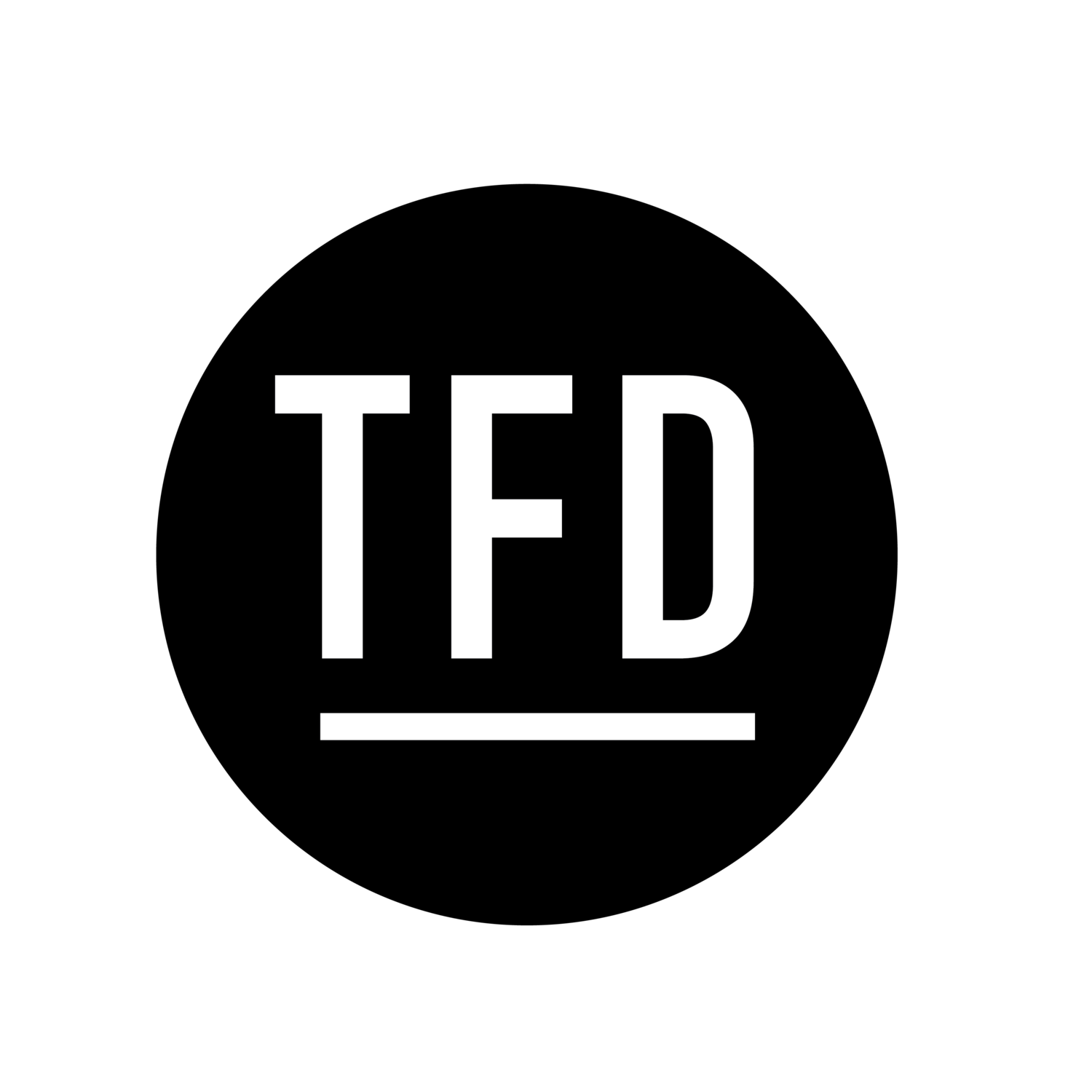TFD Blog Series: The Finale
We’ve made it to the last entry in our TFD: Marketing Funnel series! And we’ve saved your C-Suite’s favorite for last. Why would it be their favorite? Well, obviously this, but also, conversions are easy to assign value. I sent out an email subscription offer, I got this many subscriptions … voila magic! 1 + 2 does = 3.
Those of us in the trenches know it’s not quite that simple. We know that all efforts work toward the good of one conversion, but nonetheless, conversions talk. You also can’t help but appreciate how smug conversions are...
“Oh you don’t like that color? Well it’s our best click to conversion campaign yet.”
“You don’t like the copy in this email? It sold our most tickets to date.”
It’s math. It’s fixed. It’s measurable. And while we all can clearly agree on the result, it’s amazing how little we pay attention to the very finite details that make a conversion successful.
What would it do for your business if you could increase conversions on your product page by a mere 1%? I’m guessing quite a bit. So, let’s focus in on the 1% (no, not that one).
The Components of a Good Landing Page
We’ve driven the right audience to the right pages through our paid social or SEO campaigns. Now it’s time to convert them. For this portion, we are going to assume you already have a ‘warm’ audience member with a high intent to purchase. Here are some simple components of the ideal landing page:
A Clear Next Step: The consumer doesn’t know where you want them to go. YOU HAVE TO TELL THEM.
Don’t confuse your user with too many CTAs. (Make sure your CTAs are bold and action-oriented.)
Remove any distracting menu options and navigation to keep them focused on the message.
Keep plenty of white space to draw your consumers where you want them to go.
Only ask your audience what you specifically need from them.
And … a big one here, ask it at the right time.
The goal should always be to provide a seamless clear experience for your user.
Clear Statement of Benefits: Formatting can make all the difference. So can the amount of text. Be mindful of your white space and make sure you’re selling on value, not price.
TFD Tip: Attention magazines: We continue to sell our product based on saving on the ‘newsstand price’ yet newsstand buying behavior has changed, shouldn’t we change too?
Influence/Trust: Before we had influencer campaigns, we had testimonials (the OGs of buying pressure). The medium has changed but the principle is the same. The user wants to trust that your product is a good fit for them. That trust can come from testimonials, reviews or even trusted logos that mean something to your reader. Don’t forget, trust can come in the form of design as well. Your page looks spammy = I don’t trust you.
Supercharging Your Conversion Efforts
Once we’ve done the work of getting a buyer to the landing page, but they still haven’t converted (despite implementing all the above), you can try some of these tricks to supercharge a conversion:
Cart Abandons: Any retargeting effort you have can be tailor-made for people that have gone to subscribe or purchase on your landing page and left something in their cart. Perhaps they didn’t have their credit card handy and decided to bounce, or they got interrupted by a phone call or a task. You can follow these humans around on Facebook and Instagram or even with display ads reminding them to complete their order.
Retargeting: Any users on your site that repeatedly come back to engage with your content can be targeted with subscription or purchase messaging. You can target them with specific pop ups or even on social or display ads.
Resending: Never underestimate the power of resending an email to people that opened, but didn’t convert. A user may be curious as to what you have to offer but not in the right mind space to convert at that moment. Give them a few days and send a similar email reminding them about your special offer.
That’s it! To recap, we’ve covered all the elements of the marketing funnel. From the top of the funnel with content SEO and technical SEO, to the middle of the funnel with paid social, organic social, and finally to the bottom of funnel with email and email conversions and finally how to reach website conversions.
With these last few (but very important) modifications, along with adjusting other parts of your funnel recommendations on SEO, social, and email, you are now armed with information to convert, convert, and oh yeah, convert.
Questions about anything we’ve covered? Reach out to lauren@twentyfirstdigital.com. We’re happy to chat.



